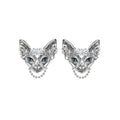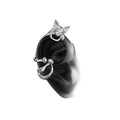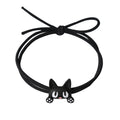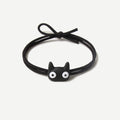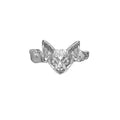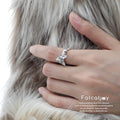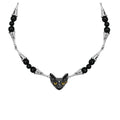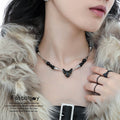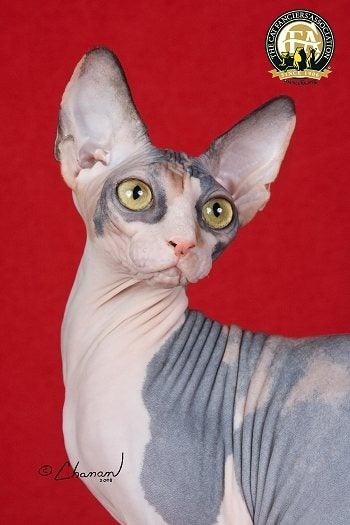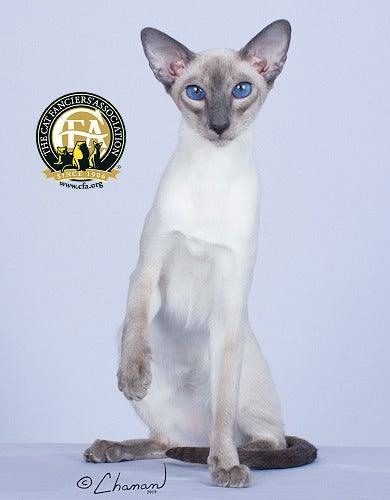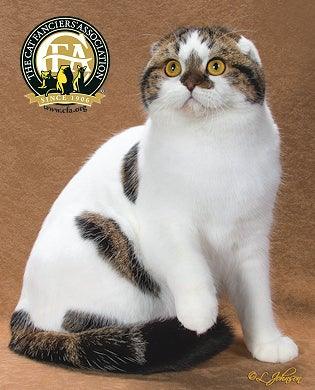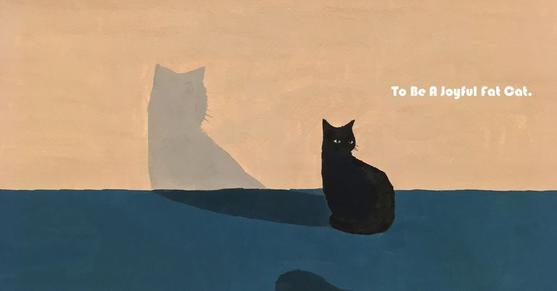-
Sphynx Cat Features
History Humans have been breeding Sphynx cats since 1966. In Canada, a breeder discovered that a black cat and white cat had given birth to a hairless kitten. This kitten was brought in to breed with other cats and this hairless recessive gene was bred into a new breed. The cat was called the "Sphynx Cat" because of its resemblance to the ancient Egyptian statue of the Sphinx. Physiological characteristics The Sphynx is one of several hairless cats. They are very distinctive in appearance. Their skin has a goatskin-like texture. A small amount of hair can be seen on... -
Siamese Features
History The earliest record of the Siamese cat is a manuscript from 1350, which describes a cat with a white body and black face, tail, feet and ears. The Siamese cat was exported from Thailand to the rest of the world in the late 19th century when Thailand was known as Siam. Physiological characteristics The Siamese cat has a long tubular body, long legs and a finely pointed tail. The face is long and triangular and has large triangular ears. Siamese cats have distinctive almond-shaped, dark blue eyes that are tilted upwards. They have a long,... -
Scottish Fold Features
History When a shepherd named William Ross found a cat with folded down ears on a farm in Scotland in 1961, he asked the farm owner for a kitten, Susie, and bred it into the folded-ear breed. Almost all Scottish Fold cats today have Susie as their ancestor. Physiological characteristics Scottish Fold cats are medium sized cats. Their most distinctive feature is their downward-folding ears, which fit snugly on their heads. Scottish Fold cats are born with straight ears and there is a certain probability (50%) that their ears will fold at 3-4 weeks. The...







